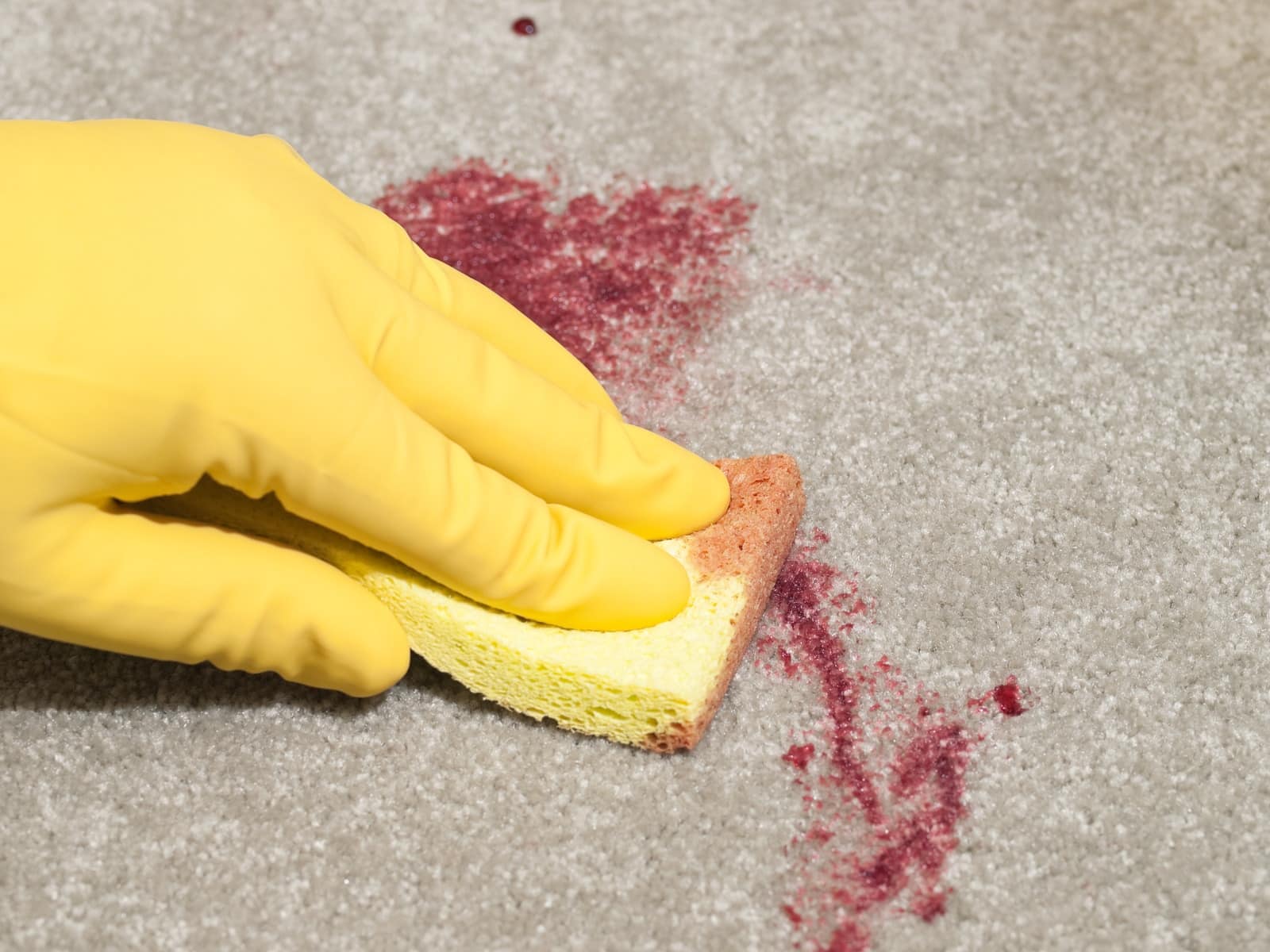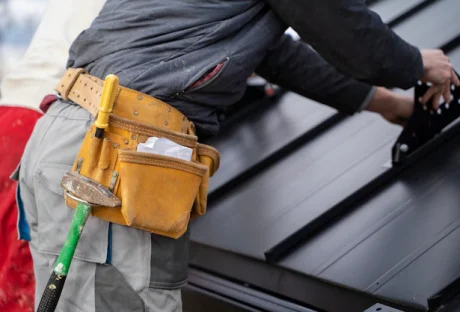Comply with OSHA Standards :
Employers are required to comply with OSHA guidelines and specifically to the Bloodborne Pathogen Standard. Employers must also create Exposure Control Plans. This is the case for any workplaces where employees are in contact directly with blood or other infectious body fluids while on the job.
Employees and workers that work in financial institutions and banks do not perform jobs where they have reason to believe they will come in contact with blood. In the event of an accident, these workers must know how to handle cleaning up blood properly.
Workers must learn how to use precautions and treat any blood or bodily fluids as if they are contaminated. They must treat them as though they have pathogens or are infected with HBV or HIV. Hepatitis B vaccines should be made available within 10 days of exposure on the job to pathogens.
As an employer, you have an obligation to follow the guidelines set forth by OSHA regarding biohazard waste. To be a good citizen, you must comply with all government regulations and make the health and safety of others your priority.
What You Need to Clean Minor Spills :
Before starting the process of cleaning up blood, be sure you have:
- Protective equipment for all personnel
- A registered disinfectant with the ability to clean broad-spectrum pathogens
- Biohazard bags and labels
- Brush and dustpan
- Forceps and tongs
- Leak-proof sharps containers
- Disinfectant wipes
- To clean a blood spill from a surface:
Equip Yourself Properly :
Use gloves, masks, gowns, and eyewear to protect yourself from splashes. Make sure that your protective gear fits comfortably and has no holes in it. You do not want pathogens to come into contact with your body.
Remove :
With your brush and dustpan or your forceps and tongs, remove any shards of broken glass from the area. You want to avoid ripping your protective clothing. Put each piece in the leak-proof sharps container. Do not remove them by hand once they are inside.
First Cleaning :
Use cloth towels to cover the blood spill and let them absorb as much as possible. The disinfectant will not work if blood is on the surface. Once covered and cleaned toss the towels in a bag designed for biohazards.
Second Cleaning :
Go on to the second cleaning only after the room has been properly ventilated. Pour the disinfectant on the surface and let it stay there for 10 minutes. Then, scrub from the outside to the center using cloth towels. Toss these towels in the biohazard bag after doing the second cleaning.
Third Cleaning :
Use more towels and disinfectant on the surface. Put these in a biohazard bag when you are through. Leave the surface to dry.
Disposal :
Dispose of any protective gear and equipment the same way you did the towels. Put them in a biohazard bag. Seal it and place into a second container. Be sure to label the container clearly and call the local health department for instructions on how to dispose of things correctly.
Decontaminate :
After doing this, use the registered disinfectant to decontaminate any brooms, buckets, dustpans or other items you can use again. Scrub the tools thoroughly and then rinse with water.
Check :
Do a final check to make sure no area of your body has been contaminated. Make sure no blood has splashed on your feet or on your shirt.
Wash Your Hands :
Wash hands thoroughly with water and disinfectant soap. Disinfectant wipes can also be used if you are not near a sink.
Report Incident :
This is crucial. Fill out the incident report clearly as soon as the cleanup is complete. File it as instructed, and be sure
It is important that you and your employees know how to clean up the blood in your workplace. Get help if you need it from a blood cleanup company. Keep your workers healthy and safe with the instructions in this guide.






















